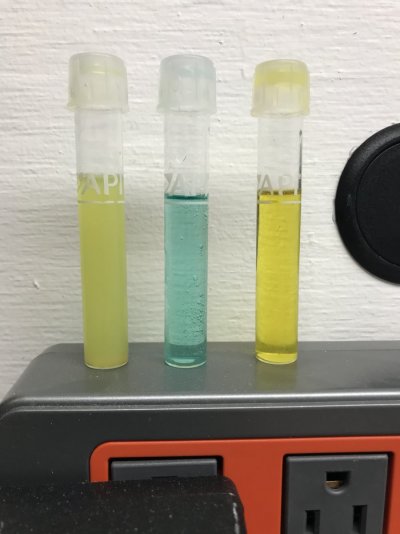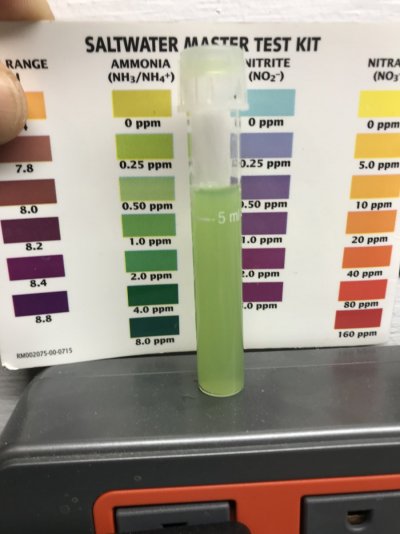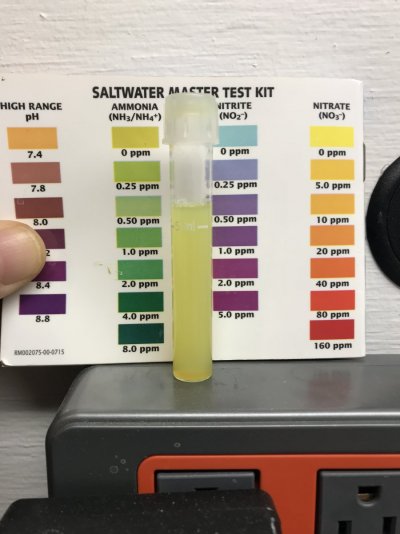I live pretty much solely on anecdotal thread patterns, if you’re seeing such a pattern working with dinos it sounds plausible to me
you aren’t trying to address ammonia noncontrol and if any dosers show any patterning against the top scourge in reefing, then study it further. Hundreds are willing to try anything to prevent loss and I know of no dosers along these lines harmful to add. There is no harm in trying for sure.
thank you for posting. Any motion forward against dinos control will bring happiness to hundreds of reefers it’s really among top reasons for for willing quits in reefing.
if someone finds a doser like mb7 can help with dinos I’m all for it.
you aren’t trying to address ammonia noncontrol and if any dosers show any patterning against the top scourge in reefing, then study it further. Hundreds are willing to try anything to prevent loss and I know of no dosers along these lines harmful to add. There is no harm in trying for sure.
thank you for posting. Any motion forward against dinos control will bring happiness to hundreds of reefers it’s really among top reasons for for willing quits in reefing.
if someone finds a doser like mb7 can help with dinos I’m all for it.























